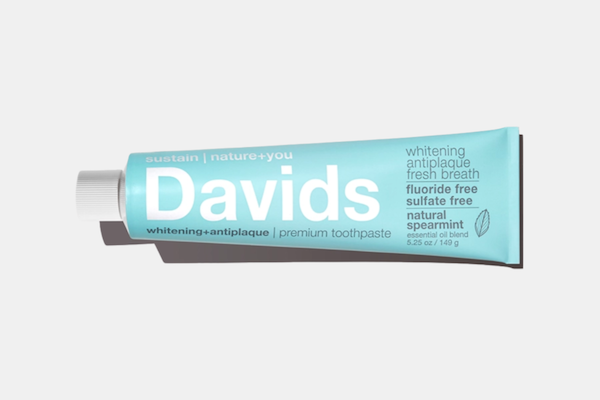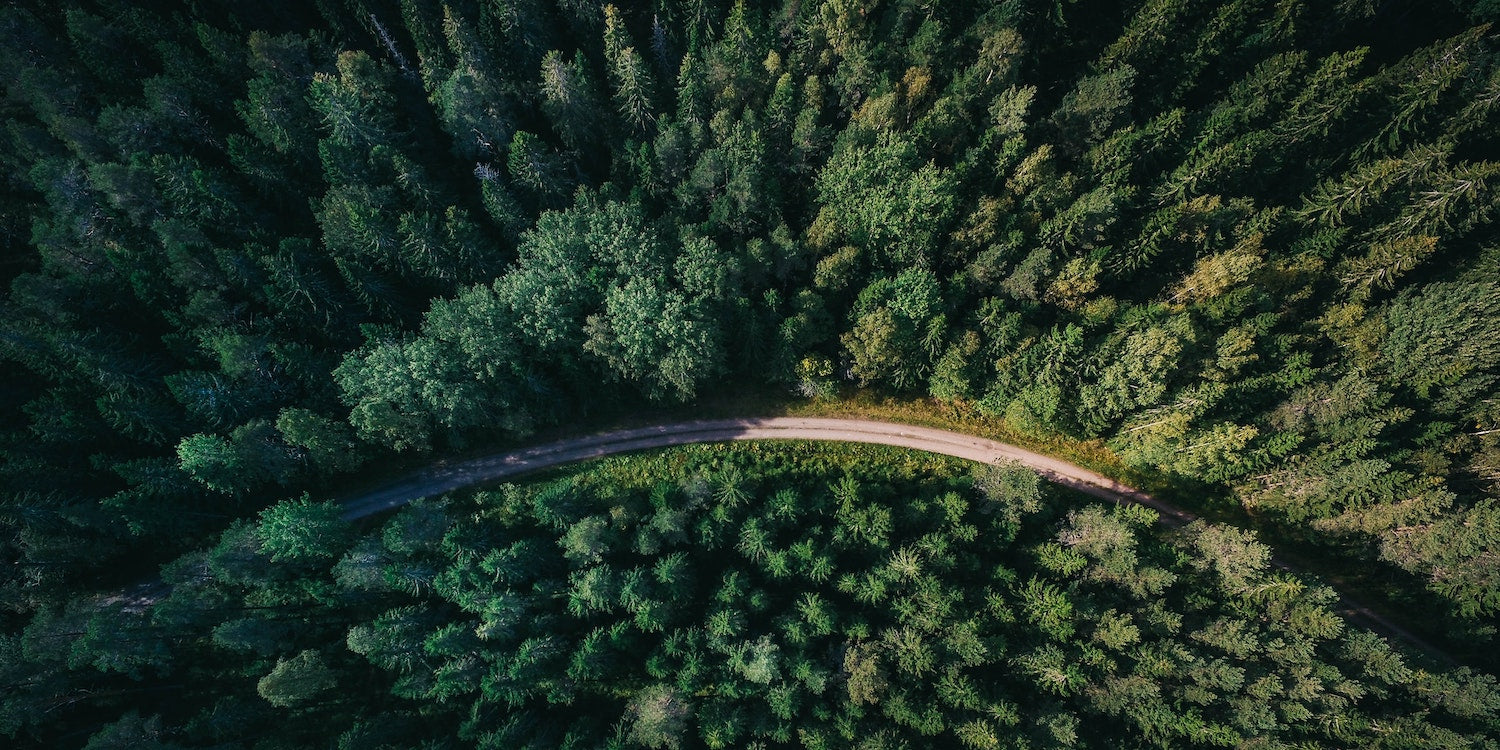When was the last time you climbed a tree?
For most of us, it’s probably been a while. But as a kid, didn’t you love the feeling of being tucked away between the branches, connected with nature and on top of the world?
Trees do make a wonderful place to spark the imagination. But they’re also much more than that. In fact, trees matter more to our planet now than ever before. And, sadly, they’re also facing more threats than they ever have.
In this article, discover why trees are so important, what challenges threaten trees today, and how you can help protect them.
3 Surprising Facts About Trees
Before we dive into everything trees do for us, let’s take a second to get a bigger-picture look at the world of trees themselves.
Here are three facts you may not know about trees.
-
Scientists recently discovered that there are at least 73,300 distinct species of trees worldwide. This is over 10,000 more than previously estimated.
- The
oldest living thing in the world is a tree: a 4,853 year old Great Basin bristlecone pine known as Methuselah.
- Trees, both living and fossilized, play a key role in helping scientists learn about time and climate history.
As you can see, trees are pretty amazing — and they’re resilient, but not invincible. And today, they’re facing more challenges than ever.
The Biggest Threats to Trees Today
Our global ecosystem is a complex place. And while nature always strives to keep things in balance, more factors are coming into play every day.
Right now, some of the biggest challenges trees face are deforestation, drought, and climate change.
Deforestation
Deforestation is defined as, “the action of clearing a wide area of trees.” Unfortunately, this action is becoming increasingly common around the world.
For example, the United States lost about 16% of its total tree cover between 2000 and 2021.
And in the Amazon Rainforest, the world’s largest rainforest, deforestation is picking up speed. 2022 has been a record-high year for trees cleared.
Drought
The UN reports that droughts have increased in length and frequency by nearly 30% since the year 2000. And in the continental United States, over 40% of the country was in drought as of August 2022.
When drought strikes, trees struggle to get enough water to stay healthy. They slow their growth and begin to die if the drought continues long enough.
Drought-stressed trees are also more susceptible to problems like borers and other infestations.
Climate Change
While drought may fall under this umbrella in many cases, the issue of climate change as a whole is a big deal for trees.
In most areas of the world, trees rely on a seasonal rhythm for ideal growth. They grow in the spring and summer and rest in the fall and winter. As climate change disrupts normal seasonal and weather patterns, trees struggle to adapt.
And these threats to trees matter to us, too — because trees are a critical part of a healthy environment.
What Do Trees Do for the Planet?
Trees are beautiful, that much is for certain. But there’s so much more to them than first meets the eye. Without them, we’d be in trouble.
Below, discover six of the many reasons that trees are so important to people, animals, and the planet.
Trees Absorb and Sequester Carbon
Like all plants, trees create their own food through a process called photosynthesis. They take in sunlight and carbon dioxide and turn it into food. Then they release oxygen as a byproduct.
The carbon that trees absorb (or “sequester”) stays in them as long as they live. So they literally pull a greenhouse gas out of the atmosphere and keep it in a harmless form.
Trees Provide a Habitat for Animals

When I was younger, one of my favorite things to do was draw trees. They were almost always apple trees — and they always had little nests and some birds in their branches.
Trees give shelter and food to countless species of animals, from sparrows to squirrels to sloths. And when trees suffer, the animals do, too. Habitat loss is one of the main drivers of extinction and decreased biodiversity worldwide.
Trees Help Cool the Earth
If you’ve ever stepped under a tree on a hot summer day, you’ve experienced this firsthand.
Not only do trees provide refreshing shade, but they also help keep the air around them cooler. They don’t absorb as much heat as pavement or building materials.
So they help neighborhoods feel cooler — in some cases, areas with many trees can stay up to 8-10 degrees cooler than nearby neighborhoods without them. That way, you can stay comfortable and give your A/C a much-needed break.
Trees Improve Soil Health and Fight Erosion
Trees get their nutrients and much of their strength from their roots. Some species send roots out in wide, shallow patterns. Others send roots deep into the earth.
Either way, trees help keep ecosystems healthy by improving water retention and soil quality. And their root systems stabilize and hold soil together. This helps prevent erosion and makes it easier for other plants in the area to grow.
Trees Filter and Store Fresh Water
Did you know that trees filter and store more than half of the freshwater supply in the United States? So next time you take a sip of water, thank the trees that sent it to you.
Trees are an important part of the water cycle. They take in rainfall and filter out the sediments and pollutants. Then they slowly release it back into the water stream, where it can make its way to you.
Water supplies from trees are also steadier than rivers or reservoirs, since it’s returned to the water cycle over time.
Trees Provide a Valuable Natural Resource
While we have a long way to go in using wood responsibly and sustainably, there’s no denying that wood and wood byproducts are a giant part of our world.
Paper gives us books to read, enjoy, and learn from. Lumber lets us build homes and communities. Fruits and nuts provide nutrients. And that’s the beginning.
Some species, like cork trees, can even provide a renewable resource that can be used without harming the tree itself.
With all the amazing things trees do for us every day, they deserve our attention and care.
Luckily, there are simple things that you can do to help.
How You Can Help Protect Trees
As you know, we’re big believers in the fact that small changes can make a big difference. So while each of these ideas may seem small on their own, they have a meaningful impact when we all join in together.
Choose Tree-Free Alternatives When Possible
While many tree-based products such as paper can be recycled, they’re still considered a finite natural resource. And the demand continues to outstrip the supply. So being conscious about how you use tree products matters.
Alternative materials like bamboo can create eco-friendly replacements for the products you love. You can also make simple swaps like using a reusable Swedish Dishcloth instead of paper towels, or choosing a tree-free Stone Paper Notebook.
When you do need items made from trees, look for options with the highest recycled content possible. And always source wood from responsibly managed forests. (See more on that below.)
Water Trees First in Drought
Like we discussed earlier, drought can stunt trees’ growth, make them more vulnerable to disease or pests, and even kill them.
And compared to some plants like grass or annual flowers, trees have a more significant role in our environment.
This is why some communities recommend the following priority list when you water in drought conditions:
- First, trees.
- Second, shrubs.
- Third, perennial plants.
- Fourth, annual plants.
- Finally (and sparingly), grass.
Even if your community doesn’t have a specific advisory, give your trees the first share of your watering time. They deserve it — and it will help them weather the dry spell.
Support Tree-Planting Initiatives
Planting new trees is one aspect of fighting deforestation. While it may not make an immediate difference for us in the here and now, it can have a massive impact on our planet in the long run.
One way we work to plant trees is by partnering with One Tree Planted to plant trees for every order you place. One Tree Planted has been planting trees since 2014, and have now worked in over 47 countries to plant more than 40 million trees.
You can also look for local tree-planting volunteer opportunities. And if you can’t find any, start by planting a tree in your own yard if you can!
Protect Old-Growth Trees & Forests
The other side of fighting deforestation is protecting existing trees. Older trees absorb and store carbon much more effectively than younger trees. And old-growth forests provide critical habitats for animals and stability for ecosystems.
Some unethical companies may use trees that were harvested from older forests or even protected lands. So one way you can help protect older trees is by choosing FSC Certified paper, wood, and other tree-based products.
FSC Certification is considered the “gold standard” of ethical wood production. It means that forests are managed in ways that are sustainable, ethical, responsible, and socially and economically viable.
Keep Learning

Awareness is one of the first steps to making a difference. So we encourage you to stay curious about trees, deforestation, conservation, and other important topics. The more you know, the more you’ll be prepared to help.
You can check out your local community center, library, or gardening center to see if they have any educational programs about trees in your area.
And you can use online resources such as the Nature Conservancy to learn more about how trees affect us and our environment.
If there are specific questions or topics you’d like to know more about, let us know. We love bringing useful, relevant content to you!
One Tree at a Time
After reading this article, we hope you feel inspired to stay connected with the roots that hold our ecosystem together. Trees are so common that it’s easy to take them for granted in our day to day lives. But they’re also a precious resource worth protecting.
We invite you to find something you can do in your routine to help protect trees. And if you need somewhere to start, browse our shop and rest easy knowing that your order planted a new tree.
That way, we can all enjoy a healthier planet (and prime climbing locations) for generations to come.






